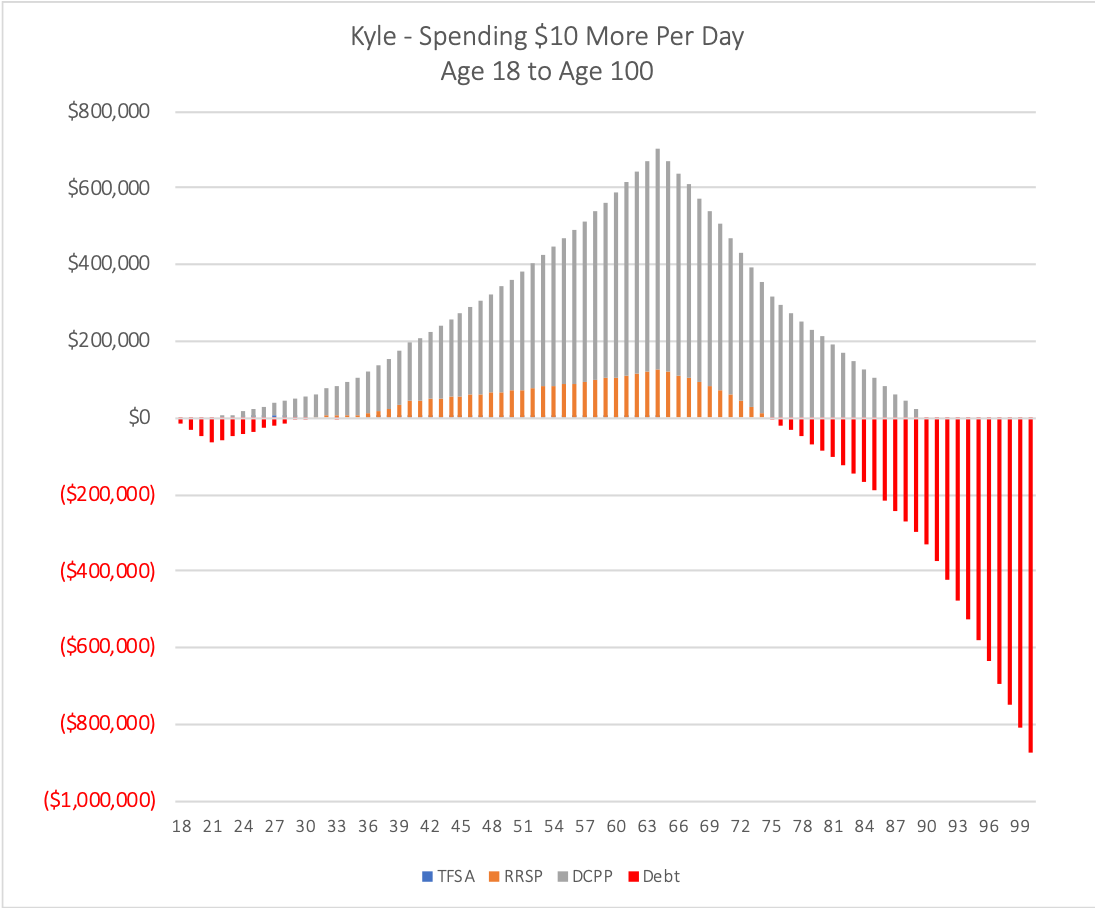
Unlock Your Financial Future: The Power of Investing Goals Visual Planners
Introduction (100 words)
Investing can feel overwhelming. Where do you start? What should you invest in? How do you know if you’re on track? The key to successful investing isn’t just about picking the right stocks or bonds; it’s about having a clear understanding of your goals and a solid plan to achieve them. This is where investing goals visual planners come in. These powerful tools help you define your financial aspirations, break them down into manageable steps, and visualize your progress along the way. In this article, we’ll explore the benefits of using visual planners, how to create your own, and tips for staying motivated on your investment journey.
Why Visual Planning Matters for Investing (150 words)
Human beings are visual creatures. We process and retain information more effectively when it’s presented visually. This is why visual planners can be so effective for investing. Instead of just reading numbers in a spreadsheet, you can see your goals represented in charts, graphs, and timelines.
- Clarity and Focus: Visual planners help you clarify your goals by forcing you to define them specifically. This focus makes it easier to prioritize your investments and avoid distractions.
- Motivation and Engagement: Seeing your goals visually can be incredibly motivating. It’s a constant reminder of what you’re working towards, which can help you stay engaged and committed to your investment plan.
- Tracking Progress: Visual planners make it easy to track your progress over time. You can see how far you’ve come and identify any areas where you need to adjust your strategy.
- Improved Decision-Making: By visualizing the potential outcomes of different investment decisions, you can make more informed choices that align with your goals.
Key Components of an Investing Goals Visual Planner (200 words)
A comprehensive investing goals visual planner should include the following components:
- Goal Setting:
- Define Your Goals: Clearly articulate your financial goals (e.g., retirement, down payment on a house, education, travel).
- Quantify Your Goals: Assign a specific dollar amount to each goal.
- Set a Timeline: Determine when you want to achieve each goal.
- Current Financial Situation:
- Assets: List all your assets (e.g., savings, investments, property).
- Liabilities: List all your debts (e.g., mortgage, student loans, credit card debt).
- Net Worth: Calculate your net worth (assets minus liabilities).
- Investment Strategy:
- Risk Tolerance: Assess your risk tolerance (conservative, moderate, aggressive).
- Asset Allocation: Determine how you will allocate your investments across different asset classes (e.g., stocks, bonds, real estate).
- Investment Vehicles: Choose the appropriate investment vehicles (e.g., stocks, bonds, mutual funds, ETFs).
- Progress Tracking:
- Regular Updates: Update your planner regularly (e.g., monthly, quarterly) to track your progress.
- Performance Analysis: Analyze your investment performance and identify any areas for improvement.
- Adjustments: Make adjustments to your investment strategy as needed to stay on track.
Creating Your Own Investing Goals Visual Planner (300 words)
There are several ways to create your own investing goals visual planner:
-
Spreadsheet Software (Excel, Google Sheets):
- Pros: Customizable, free or low-cost, familiar to many users.
- Cons: Can be time-consuming to set up, requires some technical skills.
- How-to: Create a spreadsheet with columns for goals, target amounts, timelines, current progress, and charts to visualize your progress.
-
Online Planning Tools:
- Pros: User-friendly, often includes pre-built templates and calculators, can be accessed from anywhere.
- Cons: May require a subscription, may not be as customizable as a spreadsheet.
- Examples: Mint, Personal Capital, FutureAdvisor.
-
Dedicated Visual Planning Apps:
- Pros: Specifically designed for visual planning, often includes advanced features like goal setting, progress tracking, and investment analysis.
- Cons: May be more expensive than other options, may have a learning curve.
- Examples: Trello, Asana, Notion (can be adapted for financial planning).
-
Old School (Pen and Paper):
- Pros: Simple, inexpensive, can be very effective for visual learners.
- Cons: Not as easy to update or track progress, may not be suitable for complex investment plans.
- How-to: Use a notebook or whiteboard to create charts, graphs, and timelines to visualize your goals and progress.
Tips for Staying Motivated and On Track (250 words)
Creating a visual planner is just the first step. Here are some tips for staying motivated and on track:
- Make it a Habit: Set aside time each month to review and update your planner.
- Celebrate Milestones: Reward yourself when you reach a milestone (e.g., paying off a debt, reaching a savings goal).
- Stay Informed: Keep up with market trends and economic news, but don’t let short-term fluctuations derail your long-term plan.
- Seek Professional Advice: Consider consulting with a financial advisor to get personalized advice and guidance.
- Don’t Be Afraid to Adjust: Life happens. Be prepared to adjust your goals and investment strategy as needed.
- Find an Accountability Partner: Share your goals with a friend or family member who can provide support and encouragement.
- Visualize Success: Take time to visualize yourself achieving your financial goals. This can help you stay motivated and focused on your long-term vision.
The Future of Visual Planning in Investing (100 words)
As technology continues to evolve, visual planning tools will become even more sophisticated and personalized. We can expect to see more AI-powered platforms that provide customized investment recommendations and automatically track progress towards goals. Visual planning will also become more integrated with other financial tools, such as budgeting apps and banking platforms, creating a seamless and holistic financial management experience.
Conclusion (100 words)
Investing doesn’t have to be intimidating. By using an investing goals visual planner, you can gain clarity, stay motivated, and make informed decisions that align with your financial aspirations. Whether you choose a spreadsheet, an online tool, or a simple pen and paper, the key is to create a visual representation of your goals and track your progress along the way. With a solid plan and a visual reminder of what you’re working towards, you can unlock your financial future and achieve your dreams.


